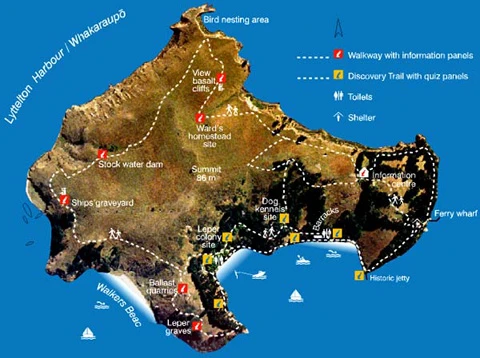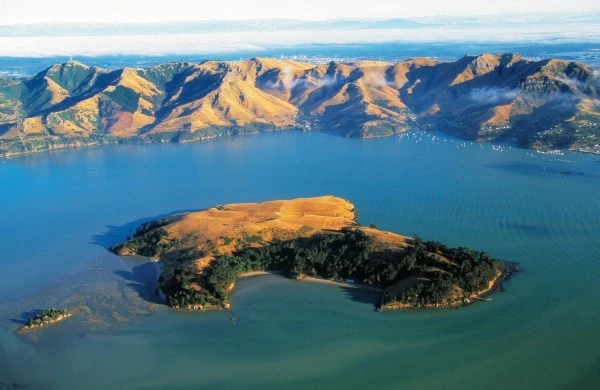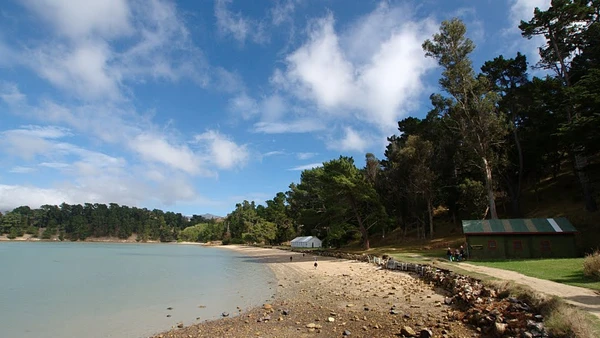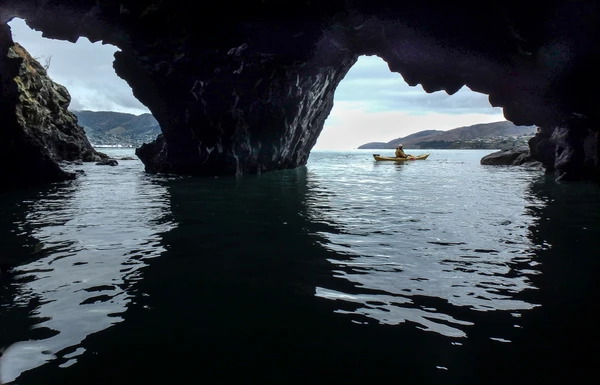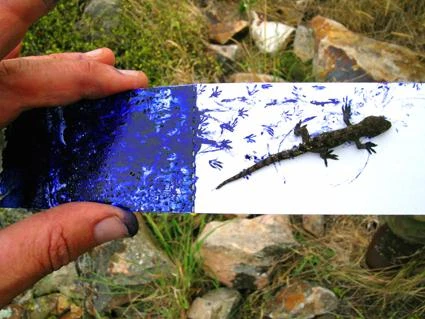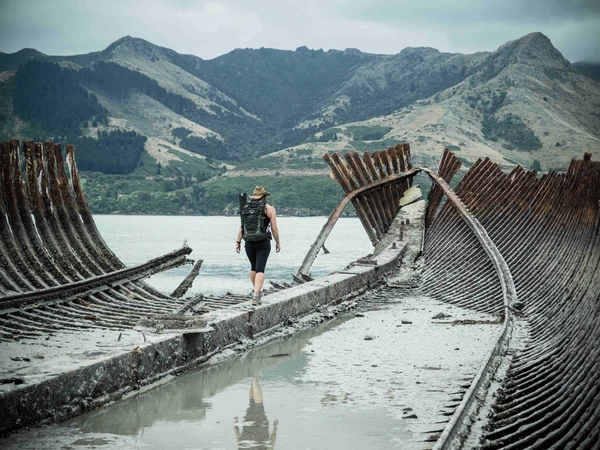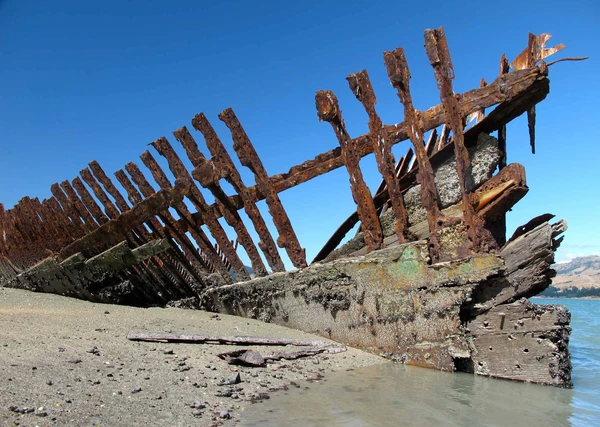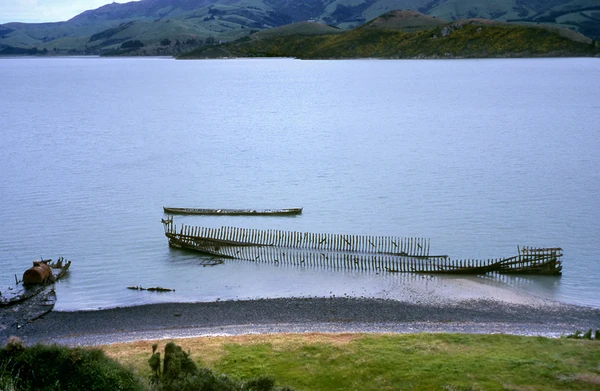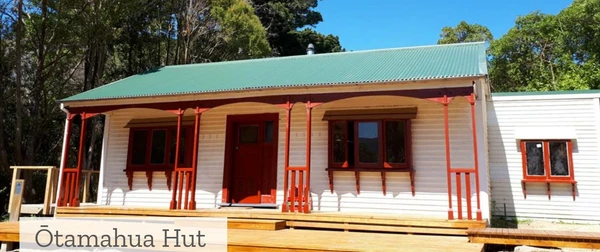Quail Island
Visiting Quail Island
Ōtamahua / Quail Island is an inner harbour island, reached via a short ferry ride or kayak paddle from Lyttelton.
Easy grades make the walks on this island suitable for small children and family groups.
Spend a fascinating full or half-day exploring Quail Island by taking the Quail Island ferry. Or you can even stay the night.
Named after the now extinct native Quail (koreke) by Captain William Mein Smith, the island was originally used as a quarantine station and as a small leprosy colony by the early European settlers.
At the same time as the lepers were confined to their one small bay, Antarctic explorers, Scott and Shackleton took advantage of the island to train their sled dogs and ponies before setting off on their ill-fated voyages. The last polar explorer to quarantine dogs on the island was American Commander Byrd, whose huskies were interned on the island between 1928 and 1930
Lying in the flooded crater of Lyttelton’s extinct volcano, this 81 hectare island offers beautiful scenery, great walks, wildlife, ships’ graveyard and glimpses into the past through the Information Centre and track panels.
From 1934 till 1975 Quail Island was leased out for farming, and then converted to a recreational reserve. Today the focus is on restoring native vegetation and the island is home to many native flora and fauna as well as native birds including the fantail, kingfisher, silvereye and many sea birds including the rare white flippered little blue penguins.
Take your lunch and swimming costumes with you for a great family day out.
Black Cat Ferry to Quail Island
The ferry departs from the ferry wharf in Lyttelton Harbour. From the information centre turn left out of the door, walk down the road and over the main road. Continue over the bridge over the railway line and turn left down the steps and follow the signs.
Departs Lyttelton | Departs Quail Island | Overnight stays |
Departs Lyttelton | ||
All year 10.15 daily | All year 15.30/15.40 daily | 15.15 Daily |
| Dec to March 10.15 & 12.15 daily | Dec to March 12.30 & 15.30/15.40 | On any scheduled sailing |
Quail Island Historical Sites
- Quarantine Station & Antarctic Expedition Training Barracks
- Antarctic Sled Dog Kennels
- Leper Colony Foundations & solitary leper grave
- Ship's graveyard - eight vessels
- Ward brother's homestead foundations
This may surprise you. Although many New Zealanders can trace their roots back to 19th-century migrants, just two immigration-related buildings survive from this period, both from quarantine stations: on Quarantine Island in Otago Harbour and Quail Island in Lyttelton Harbour.
Māori knew Quail Island as Ōtamahua, the ‘place to gather sea-bird eggs’.
Bird life must have been important, for Captain William Mein Smith named it after the now-extinct native quail.
Europeans farmed the island from 1851 but its importance increased after 1874 when the provincial government accepted Thomas Potts’s offer to use it as a quarantine station.
Sir Julius Vogel’s assisted migration scheme was peaking and immigrants were flooding into the southern provinces especially.
New Zealand’s European population surged from 60,000 in 1860 to 470,000 by 1881.
Although most migrants arrived fit and well, the authorities implemented disease prevention measures at the major ports.
Before anyone disembarked, officials checked the health of the government migrants and the condition of the ship, and heard complaints.
Ships with sick people aboard had to raise the yellow flag and go into quarantine, a dismal introduction to the New World for people who had already been cooped up for three to five uncomfortable months at sea.
More Antarctic connection site information:

